This is part of a series of posts about the Nikon D5. The series starts here.
In the preceding post, I pushed images made as ISO 3200 and compared them to those made at higher in-camera ISOs with the same exposure, and found that increasing in-camera ISO helped.
Now I’m going to repeat that test starting at ISO 10000.
The setup:
- Camera on tripod
- Nikon 24/1.4 lens set to f/8 (stopped down so I could do the big pushes without turning off EFCS).
- Base shutter speed 1/15 seconds for ISO 10000 shots, equivalently faster for higher ISOs.
- ISO 10000 for the pushed posts, ISO 10000, 20000, 40000, 80000 for the unpushed ones.
- EFCS
- Shutter delay = 3 seconds
- Liveview focusing
- Developed with Lr 2015.5
- Default settings except for below
- Sharpening off
- Noise reduction off
- WB to the normal exposure, and applied that to all others
I would have pushed even further, but the camera refused to go above ISO 102400. It’s gotta be either the EFCS setting or using liveview, because I’ve had it all the way to 3 million using neither of those.
The scene:
200% crops:
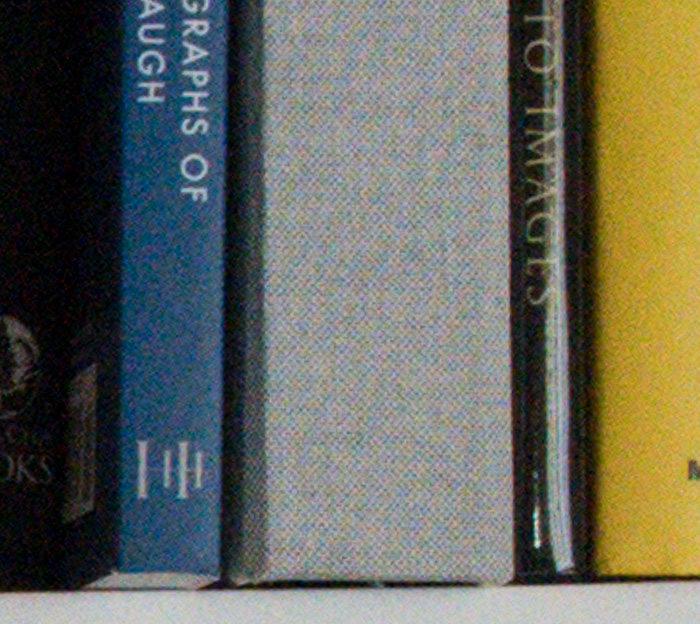
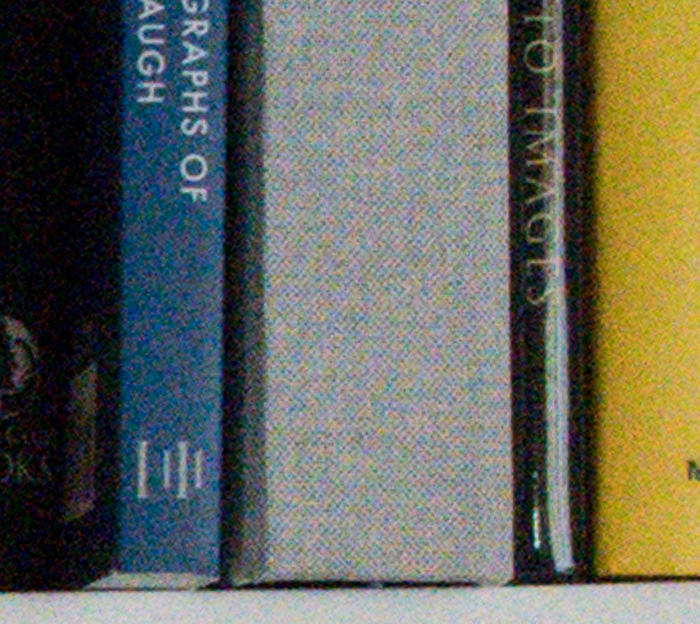
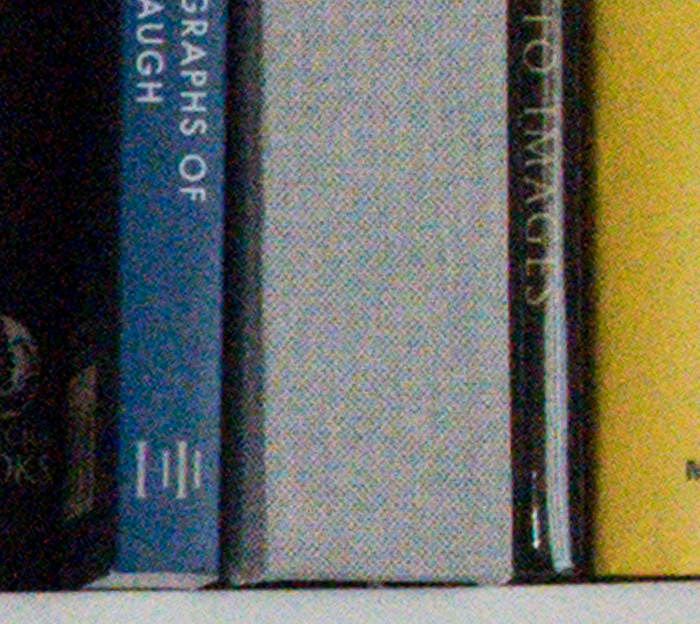
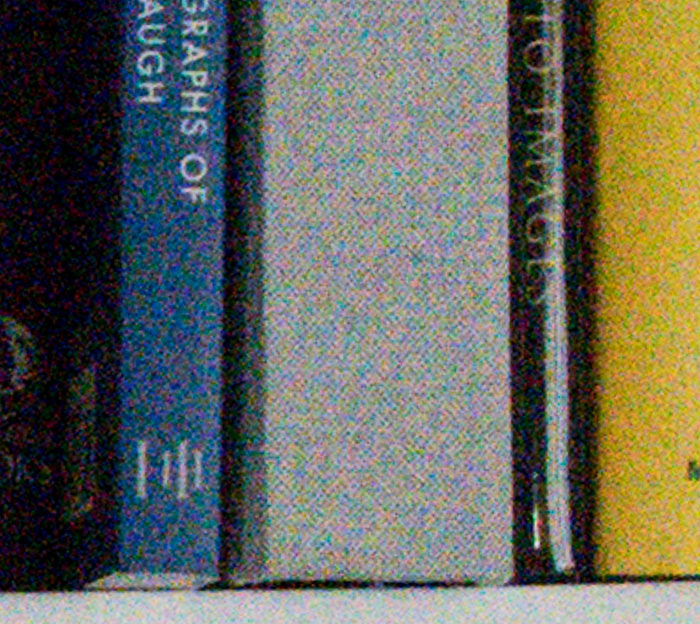
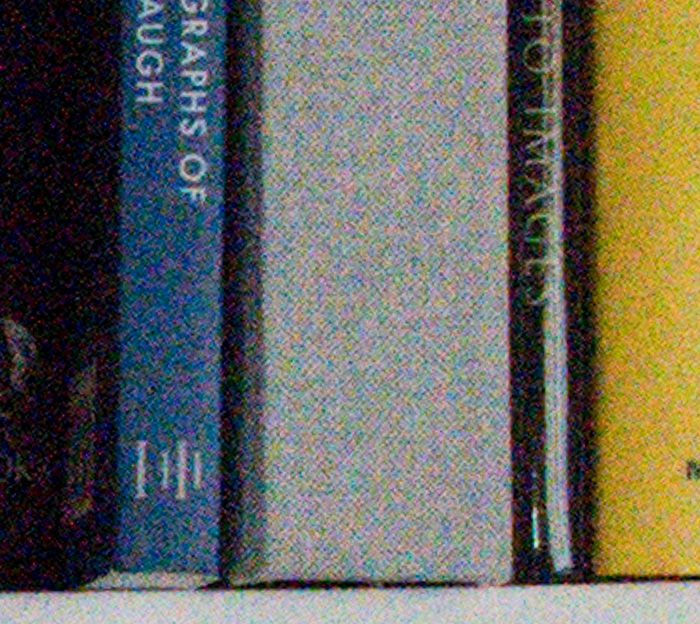
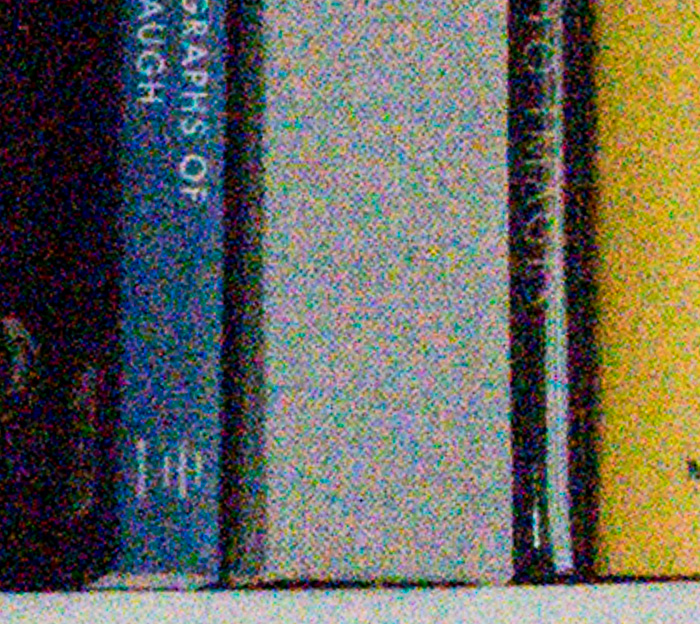
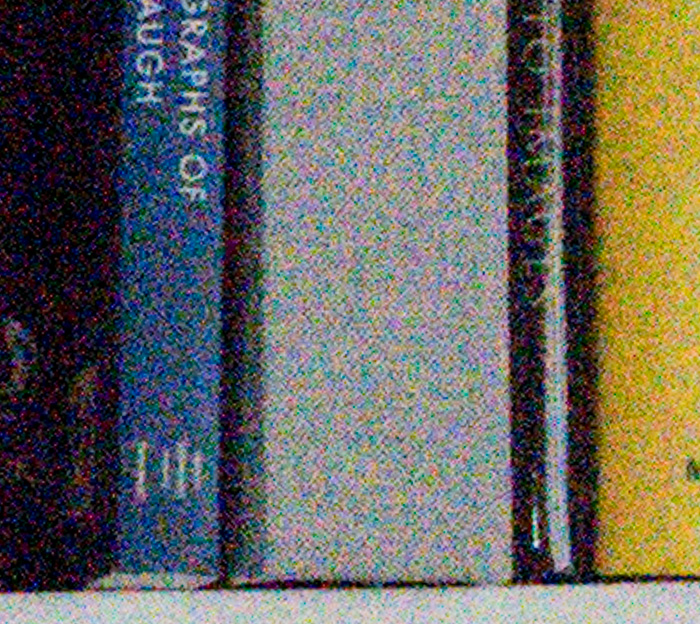
My take: above ISO 10000, you’re just as well off pushing in post, and you’ll get headroom and Lr PV 2012’s film look shoulder advantages as well.

Leave a Reply